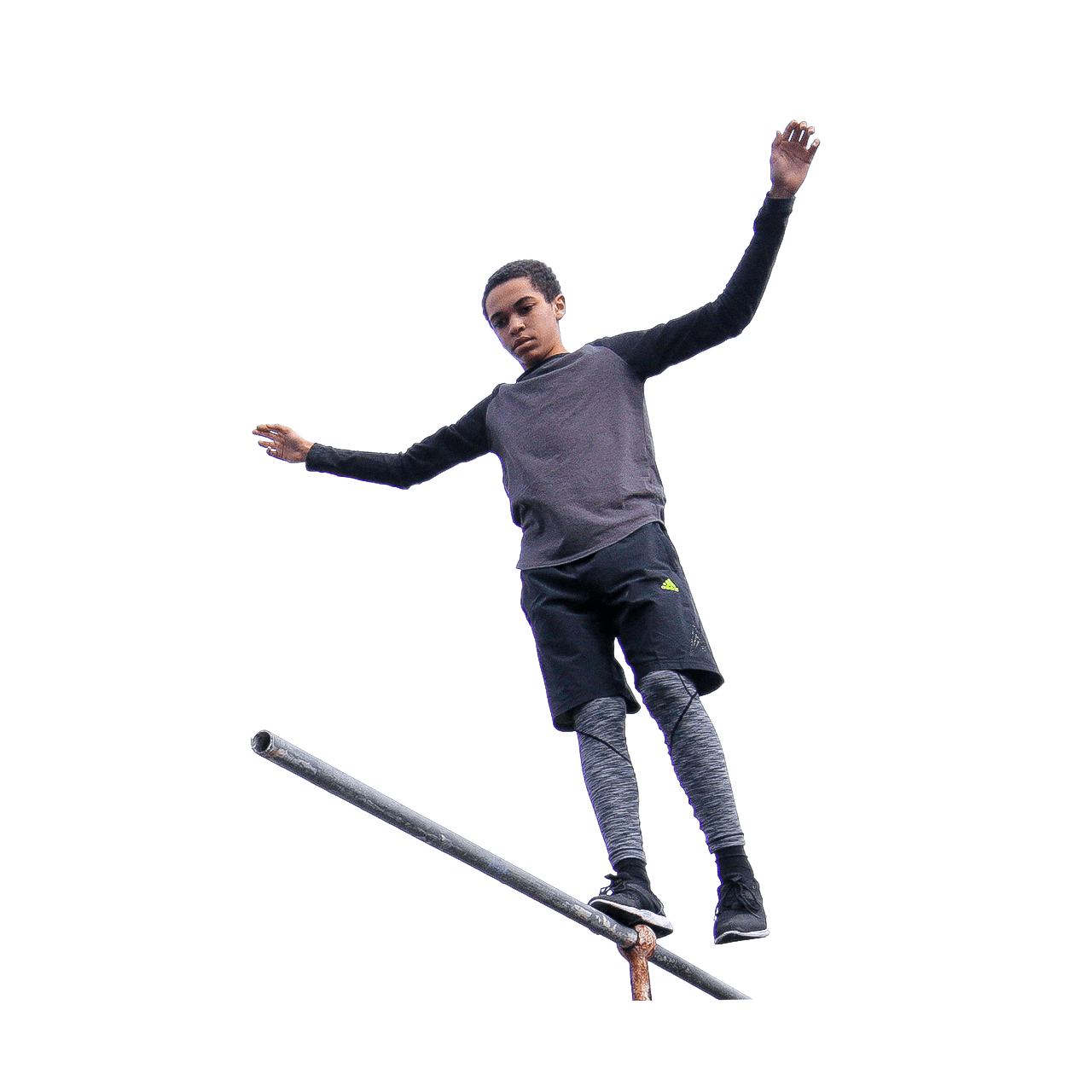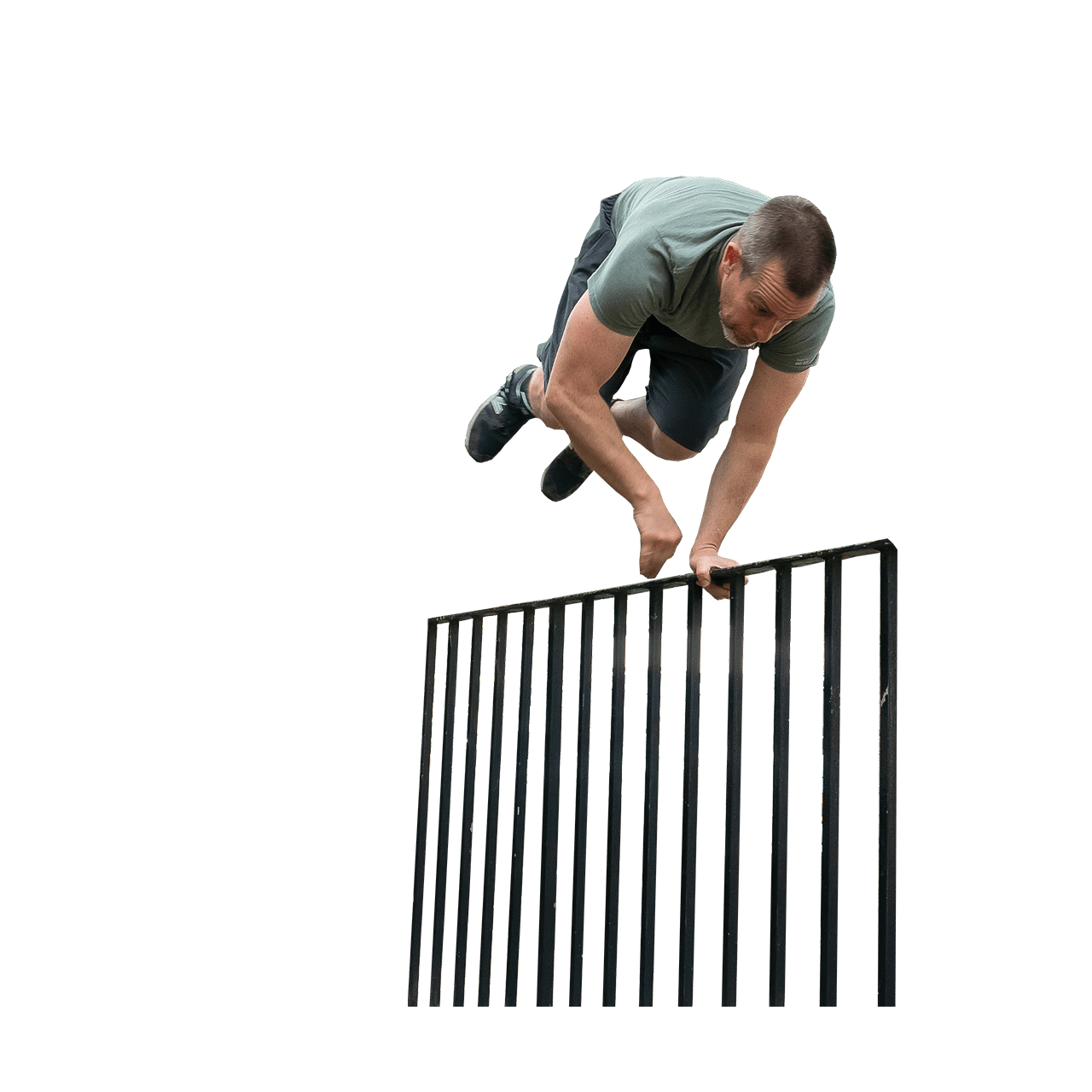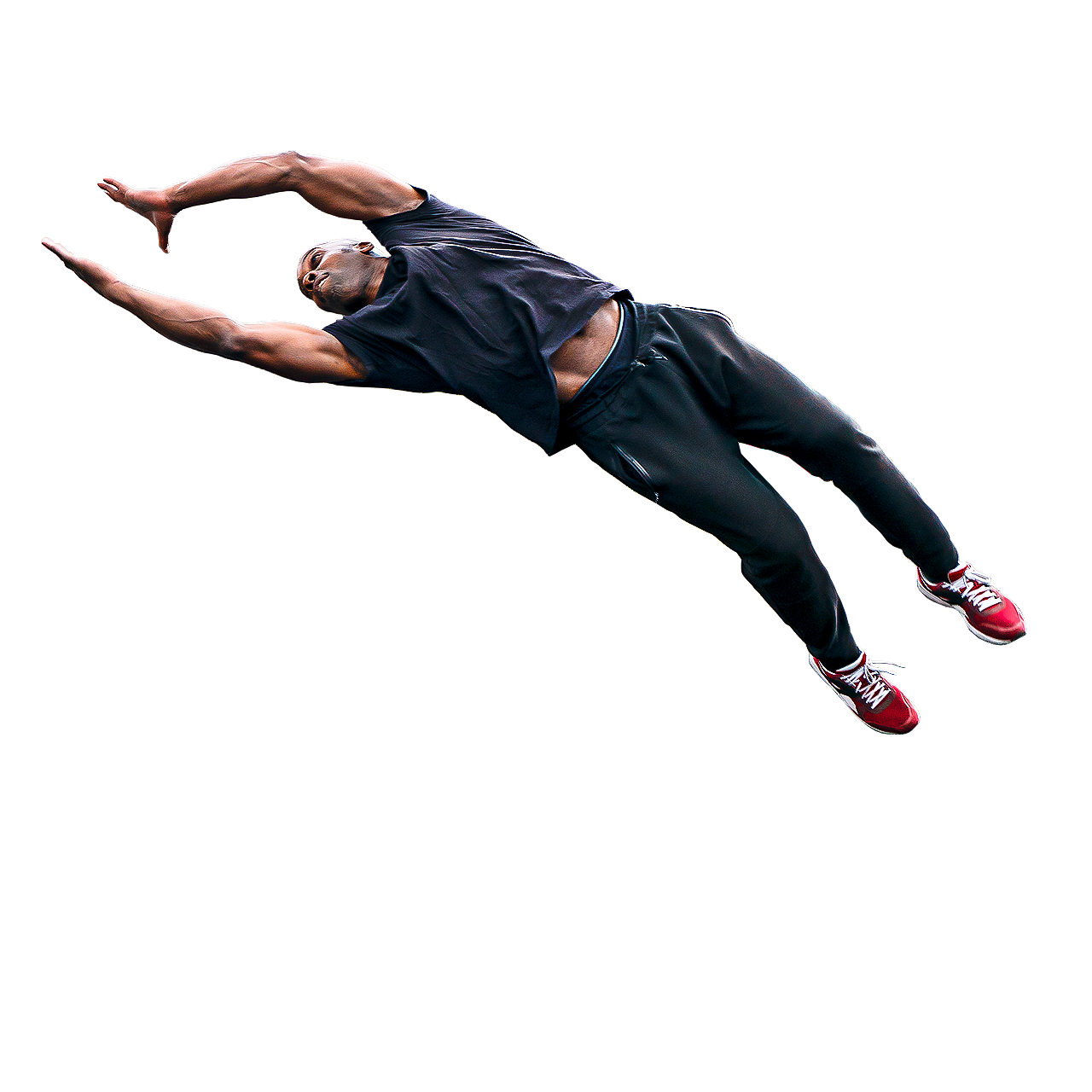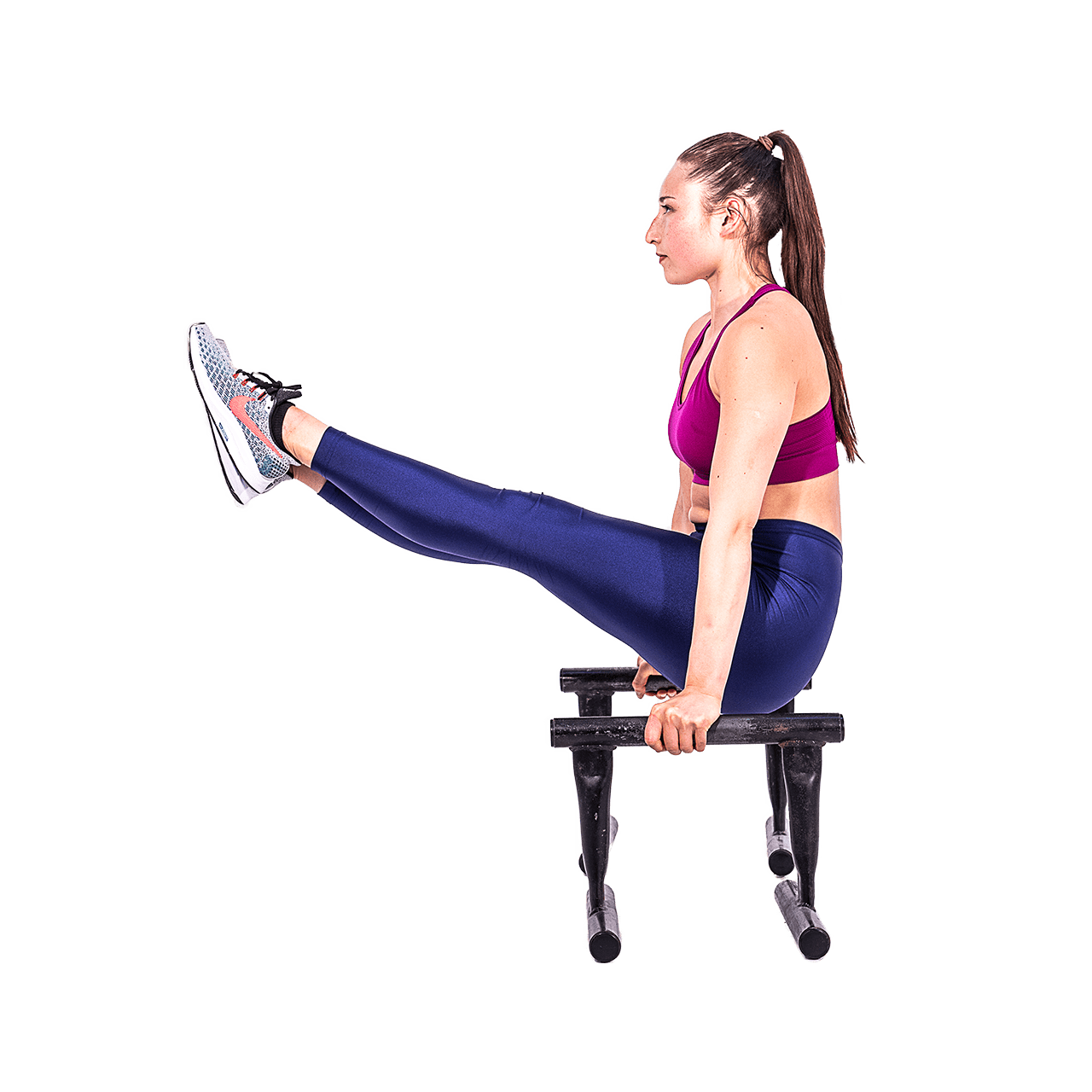
How to Pullup #19 – Programming 4
We all know you should be doing warmups, but why? And how do we know we're doing it properly?
I'll go through the main ideas, with examples, of what to do (and what not to do) to make sure you're ready for your training session.
Why do a warmup
OK, So a lot of people see that warming up (and cooling down at the end) as a chore. And when an injury happens during a session attention to the warmup becomes more important to people.
What warming-up actually does
-
Warms up the soft tissue of your body. The temperature of your muscles, ligaments, tendons, and organs are raised. This makes them easier to move and use. Think of a frozen hard steak as opposed to a soft warm steak.
-
Prepare (and practice) for the movement you will be doing in your training. It gets your muscles used to doing the actions.
-
Your brain actually needs to warm up too. This increases your focus and 'ready-state'. The signals being sent to your muscles to do the action become clearer also.
-
Injury prevention. Being warm and prepared is just going to make it much harder for an injury to happen. Most problems occur to cold, unprepared muscular tissue that is quickly tugged and pulled hard into an extreme position.
Mobilise NOT Static Stretching
I see this happening everywhere. Don't fall into the trap of stretching at the beginning of your training.
You're stretching cold muscles. What happens to cold, brittle things when you tug on them? That's right, they break.
Instead, you need to warm the muscle up, which in turn will make it able to naturally stretch longer without the risk of damaging it. Warm muscles mean looser joints and all-around better mobility.
All that will happen is you'll pull, strain or sprain something before your training. ESPECIALLY if you have a small injury or niggle. Stretching it without warming it up will just make it worse.
General body warmup
To get started you should do a damn good job of generally warming up your entire body. Below are some suggestions for you to try.
-
Quadrupedal Movement.
This is the go-to warmup for most parkour training. Adopted and pioneered by the founders of Parkour, this is a fantastic way of starting your session. -
Simple Movement Routes.
Nothing complicated here. You can simply negotiate around a playground, benches, rails and other obstacles. Believe me, after a few minutes you'll be warm. -
Rowing Machine
If you're in the gym and have little space, then the humble rowing-machine can be a great way of warming up. A bit boring in my opinion, but does the job. -
Bicep / Tricep Openers
These are a little harder to explain the details of how to do them correctly, so I'll link to some videos below from Julien Pineau of Strongfit who came up with the idea.
Basically, you're trying to place your muscles at the far ends of their mobility, under stress using the correct muscle groups and tension.
Specific Warmup
Phew, nearly there! Before we get into the actual training, we should do a small 'specific' warmup. This will get your brain and muscles ready for the training.
This is easy to plan too. We just use one of the easier techniques on the scale to do the pull-up. Use a band if needed.
All we are doing is getting the brain and muscles prepared for what's to come.
Videos Listing
Explore other series

Rail Balancing Tips
Control on a metal bar, fence or thin rail will rapidly improve foot and body positioning as well as confidence.

Turn-Vault Tips
Mostly used to land in control on the opposite side of a an obstacle, facing back the way you came.

Tutorials
In-depth series on specific movement topics.

Demonstrations
In-depth series on specific movement topics.
Blog
Deep-dives into Parkour Topics.